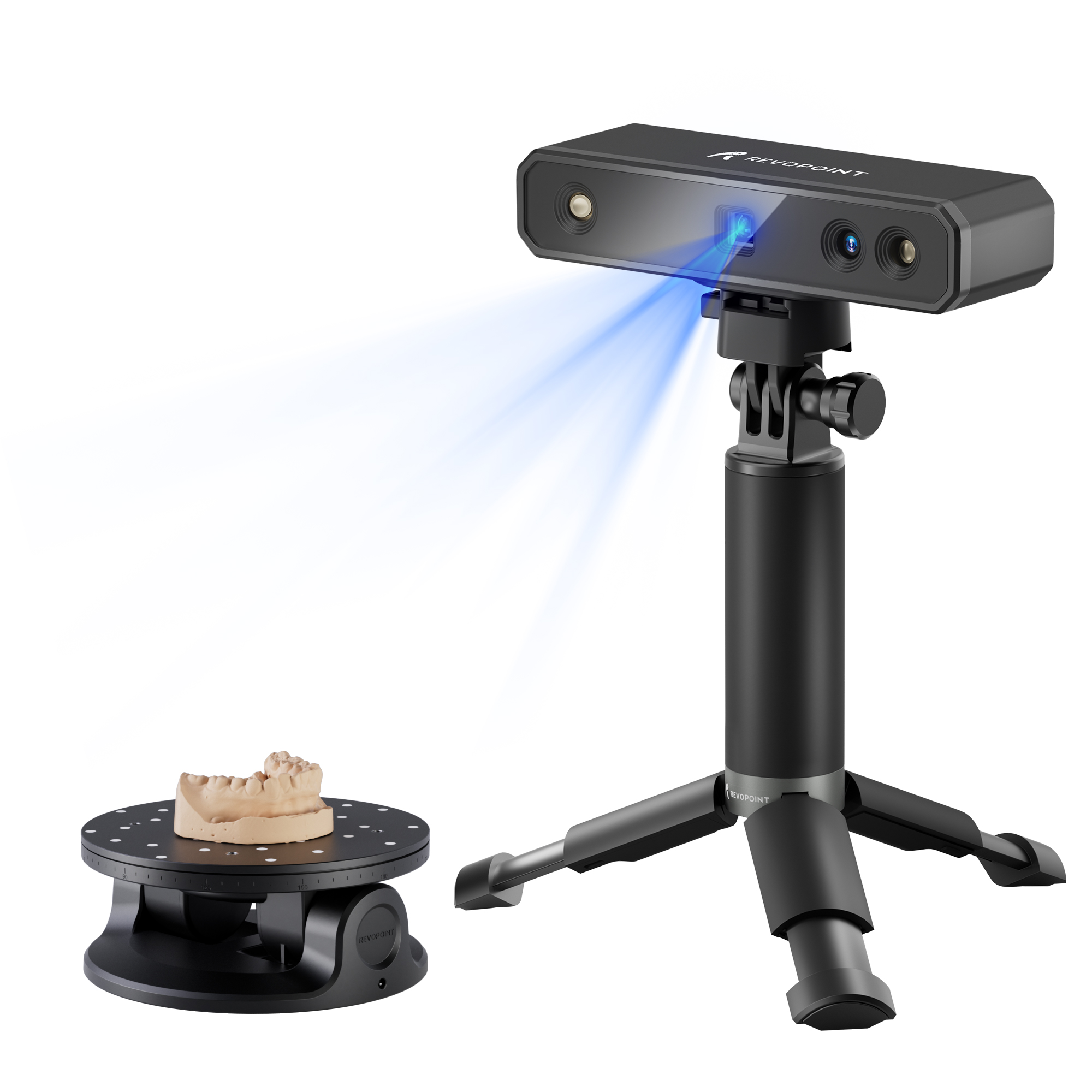The 3D scanner market is witnessing remarkable growth as businesses across industries adopt advanced imaging and digitization technologies to improve accuracy, reduce turnaround time, and streamline complex processes. A 3D scanner is a device that captures the three-dimensional shape of an object or environment using laser, light, or x-ray technologies. The data captured is used to create precise digital models, which are critical for industries such as automotive, aerospace, healthcare, construction, entertainment, and manufacturing.
As digitization expands and 3D content becomes essential in various applications, the market for 3D scanning is poised for substantial expansion. The technology’s ability to recreate real-world objects digitally with unmatched precision makes it indispensable in modern design and engineering workflows.

Key Drivers of the 3D Scanner Market
1. Rising Demand for Quality Control and Inspection
In industries like aerospace and automotive, product quality and safety are non-negotiable. 3D scanners are increasingly used for metrology-grade inspections and reverse engineering, helping companies maintain stringent quality standards while accelerating production.
2. Growth of Additive Manufacturing and Prototyping
As 3D printing gains traction, 3D scanning is becoming a vital part of the design-to-production process. Engineers scan physical objects to create CAD models, modify designs, and prepare them for additive manufacturing, significantly reducing prototyping time.
3. Expansion in Healthcare and Dentistry
Medical professionals use 3D scanning for creating custom prosthetics, implants, orthotics, and surgical planning. In dentistry, intraoral scanners improve patient comfort and enhance the accuracy of dental restorations, reducing the need for traditional molds.
4. Cultural Preservation and Architecture
Museums, archaeological teams, and architects use 3D scanners to digitally preserve artifacts, monuments, and historical structures. These scans support restoration efforts, documentation, and public education without disturbing the original artifacts.
5. Increasing Use in Media and Entertainment
The entertainment sector uses 3D scanning for character modeling, special effects, and animation. From gaming avatars to movie props, 3D scanners play a crucial role in creating realistic digital assets quickly and accurately.
Market Segmentation
The 3D scanner market can be segmented based on type, technology, range, application, and region.
By Type:
Handheld 3D Scanners
Tripod Mounted Scanners
Fixed CMM-Based Scanners
Desktop 3D Scanners
By Technology:
Laser Scanners
Structured Light Scanners
Photogrammetry
Optical Scanners
X-ray Scanners
By Range:
Short Range
Medium Range
Long Range
By Application:
Industrial Manufacturing
Healthcare
Aerospace and Defense
Architecture and Construction
Education and Research
Art and Heritage Preservation
Entertainment and Media
Regional Market Overview
North America
North America holds a major share of the 3D scanner market, driven by technological advancement, strong presence of key market players, and significant investments in manufacturing, healthcare, and defense sectors.
Europe
Europe is a strong adopter of 3D scanning technologies, particularly in automotive, aerospace, and cultural heritage preservation. Germany, France, and the UK are leading contributors due to their strong industrial base and focus on precision engineering.
Asia-Pacific
Asia-Pacific is the fastest-growing region in the 3D scanner market, supported by robust industrialization, growing automotive and electronics sectors, and increasing adoption of automation. Countries like China, Japan, South Korea, and India are key growth hubs.
Latin America and Middle East & Africa
These regions are gradually entering the 3D scanning space, primarily through the construction, oil and gas, and healthcare sectors. Economic development and infrastructure investments are creating opportunities for adoption.
Competitive Landscape
The 3D scanner market is highly dynamic, with established players and innovative startups introducing products catering to various industries and price points.
Key market players include:
FARO Technologies
Creaform Inc.
Artec 3D
GOM GmbH
Hexagon AB
Nikon Metrology
Topcon Corporation
Trimble Inc.
3D Systems Corporation
ZEISS Group
These companies are focused on R&D, product enhancements, and strategic partnerships to meet the evolving demands of different industries and maintain competitive advantage.
Challenges in the 3D Scanner Market
Despite the growing popularity of 3D scanning technology, the market faces several challenges:
High Initial Investment: Advanced 3D scanning equipment can be costly, making it a significant investment for small and medium-sized enterprises.
Data Processing Complexity: Managing and processing large volumes of scanned data require specialized software and skilled personnel.
Operational Limitations: Scanning highly reflective, transparent, or complex geometries can be challenging and may impact accuracy.
Regulatory and Privacy Issues: Scanning people or sensitive environments can raise legal and privacy concerns, particularly in public and healthcare settings.
Future Outlook and Emerging Trends
The future of the 3D scanner market looks highly promising, with innovation and integration leading the way. As technologies such as artificial intelligence, machine learning, and augmented reality converge with 3D scanning, new applications are emerging in various sectors.
Key trends include:
AI-Enhanced Scanning: Artificial intelligence is being used to automate scan optimization, object recognition, and defect detection, improving accuracy and efficiency.
Integration with AR/VR: 3D scanned models are being used in AR and VR environments for training, simulation, and interactive design.
Cloud-Based 3D Data Storage and Sharing: The rise of cloud platforms enables teams to collaborate in real time using shared 3D models and analytics.
Miniaturization and Portability: Advances in hardware are making scanners smaller, lighter, and more mobile without sacrificing quality.
Growth of Mobile Scanning Apps: Smartphones and tablets are increasingly being equipped with depth sensors that enable basic 3D scanning capabilities for consumers and field applications.
Conclusion
The 3D scanner market is redefining how industries capture and interact with the physical world. With expanding applications, falling hardware costs, and advances in software capabilities, 3D scanning is no longer limited to specialized fields. It is rapidly becoming a mainstream tool in the digital transformation journey of businesses globally.
As more sectors realize the benefits of fast, accurate, and contactless data acquisition, the demand for 3D scanners is expected to rise steadily. From design and inspection to entertainment and preservation, the possibilities are vast—and the future is three-dimensional.
Related Trending Reports